How Much Does 1 Solar Panel Cost?
The cost of solar panels has been a topic of increasing interest as more individuals and businesses look to renewable energy sources to reduce their carbon footprint and save on energy costs. Understanding the cost of a single solar panel is crucial for anyone considering making the switch to solar energy. This article will delve into the various factors that influence the cost of solar panels, provide a detailed breakdown of the expenses involved, and offer practical advice for potential buyers.
Factors Influencing the Cost of Solar Panels
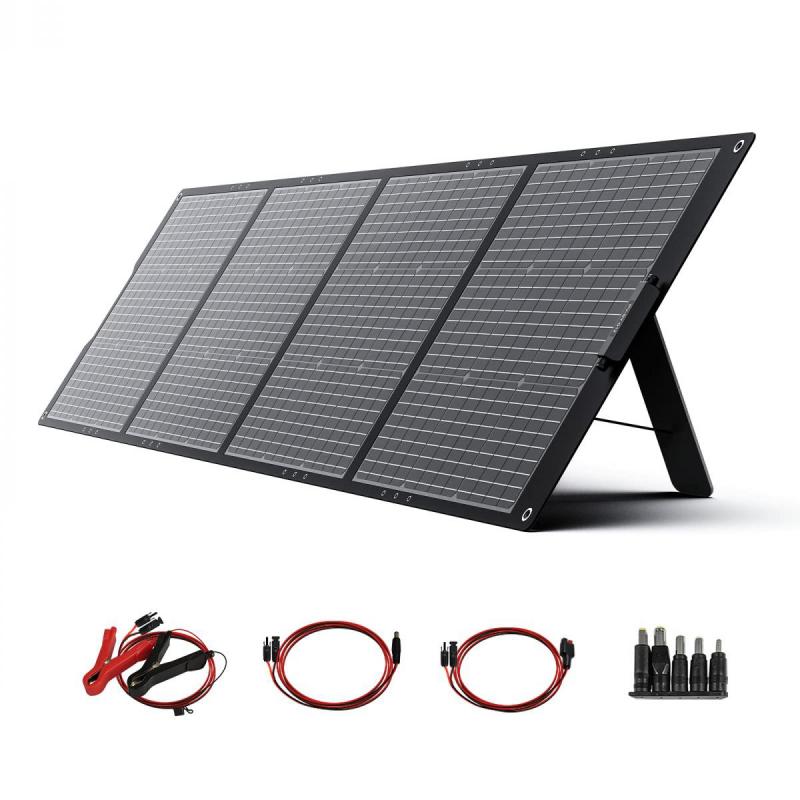
The cost of a solar panel can vary widely based on several factors. Here are the primary elements that influence the price:
1. Type of Solar Panel: There are three main types of solar panels—monocrystalline, polycrystalline, and thin-film. Monocrystalline panels are typically the most efficient and expensive, followed by polycrystalline and thin-film panels.
2. Panel Efficiency: Higher efficiency panels convert more sunlight into electricity, which can reduce the number of panels needed for a given energy output. However, these panels often come at a higher cost.
3. Brand and Manufacturer: Well-known brands with a reputation for quality and reliability may charge more for their panels. Lesser-known brands might offer lower prices but could compromise on quality or warranty terms.
4. Wattage: Solar panels are rated by the amount of power they produce, measured in watts. Higher wattage panels generally cost more but can produce more electricity, potentially reducing the number of panels needed.
5. Market Conditions: Prices can fluctuate based on supply and demand, government incentives, and tariffs on imported panels.
6. Installation Costs: While not directly related to the cost of the panel itself, installation costs can significantly impact the overall expense of a solar energy system.
Average Cost of a Solar Panel
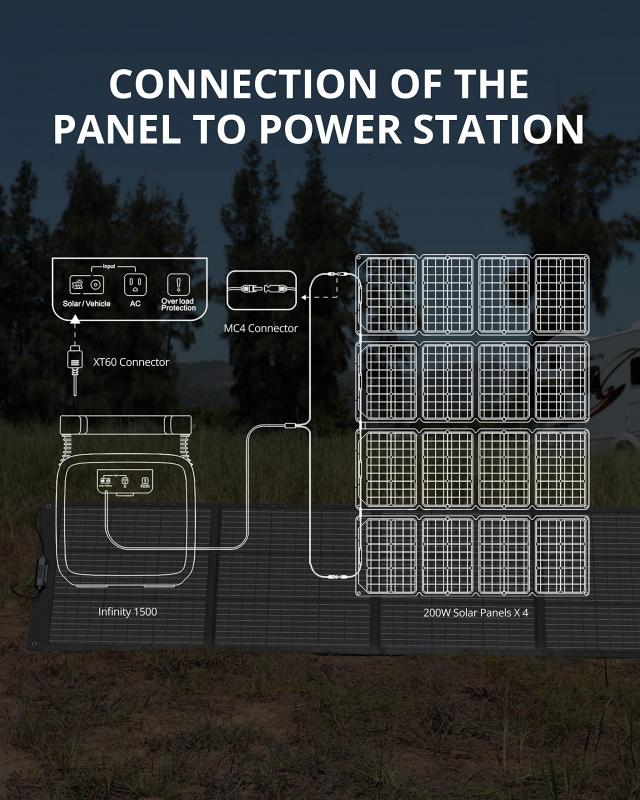
As of 2023, the average cost of a solar panel ranges from $200 to $350 per panel. This price is for the panel alone and does not include installation or additional equipment such as inverters and mounting hardware. Here’s a more detailed breakdown:
- Monocrystalline Panels: These panels typically cost between $250 and $350 each. They are known for their high efficiency and sleek appearance.
- Polycrystalline Panels: These are generally less expensive, ranging from $200 to $300 per panel. They are slightly less efficient than monocrystalline panels but still offer good performance.
- Thin-Film Panels: These panels are the least expensive, costing between $150 and $250 each. They are less efficient and require more space but can be a good option for certain applications.
Additional Costs to Consider
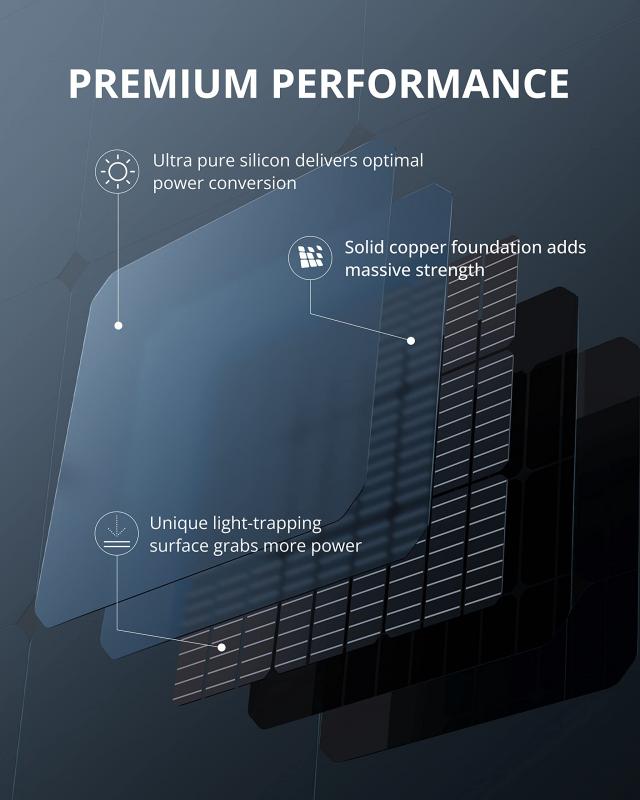
When budgeting for a solar energy system, it’s important to consider additional costs beyond the panels themselves. These can include:
1. Inverters: Solar panels produce direct current (DC) electricity, which needs to be converted to alternating current (AC) for use in homes and businesses. Inverters typically cost between $1,000 and $2,000.
2. Mounting Hardware: The cost of mounting hardware can vary based on the type of roof and the complexity of the installation. Expect to pay between $500 and $1,000 for mounting equipment.
3. Installation Labor: Professional installation is recommended to ensure the system is set up correctly and safely. Labor costs can range from $2,000 to $5,000, depending on the size and complexity of the system.
4. Permits and Inspections: Local regulations may require permits and inspections, which can add several hundred dollars to the overall cost.
5. Maintenance and Monitoring: While solar panels require minimal maintenance, occasional cleaning and monitoring can help ensure optimal performance. Some companies offer monitoring services for an additional fee.
Calculating the Total Cost

To calculate the total cost of a solar energy system, you’ll need to consider the number of panels required to meet your energy needs. This depends on your average energy consumption and the efficiency of the panels you choose. Here’s a simplified example:
- Average Energy Consumption: Let’s assume your home uses 10,000 kWh per year.
- Panel Efficiency: You choose monocrystalline panels with an efficiency of 20%.
- Panel Wattage: Each panel produces 300 watts.
First, calculate the total wattage needed:
\[ \text{Total Wattage Needed} = \frac{\text{Annual Energy Consumption (kWh)}}{\text{Panel Efficiency}} \]
\[ \text{Total Wattage Needed} = \frac{10,000 \text{ kWh}}{0.20} = 50,000 \text{ watts} \]
Next, determine the number of panels required:
\[ \text{Number of Panels} = \frac{\text{Total Wattage Needed}}{\text{Panel Wattage}} \]
\[ \text{Number of Panels} = \frac{50,000 \text{ watts}}{300 \text{ watts/panel}} \approx 167 \text{ panels} \]
Finally, calculate the total cost of the panels:
\[ \text{Total Cost of Panels} = \text{Number of Panels} \times \text{Cost per Panel} \]
\[ \text{Total Cost of Panels} = 167 \times \$300 = \$50,100 \]
Add the additional costs (inverters, mounting hardware, labor, permits, etc.) to get the overall system cost. In this example, the total cost might range from $60,000 to $70,000.
Financial Incentives and Savings
Many governments offer incentives to encourage the adoption of solar energy. These can include tax credits, rebates, and grants. For example, the federal Investment Tax Credit (ITC) in the United States allows homeowners to deduct a percentage of the cost of installing a solar energy system from their federal taxes. State and local incentives can further reduce the cost.
Additionally, solar energy systems can lead to significant savings on electricity bills. Depending on your location and energy consumption, you could save thousands of dollars over the life of the system. Some homeowners even generate excess electricity, which can be sold back to the grid in a process known as net metering.
The cost of a single solar panel can vary based on several factors, including the type of panel, its efficiency, and the brand. While the average cost ranges from $200 to $350 per panel, the total cost of a solar energy system includes additional expenses such as inverters, mounting hardware, and installation labor. By understanding these costs and taking advantage of available incentives, you can make an informed decision about whether solar energy is a viable and cost-effective option for your home or business. Investing in solar panels not only helps reduce your carbon footprint but can also lead to substantial long-term savings on energy costs.





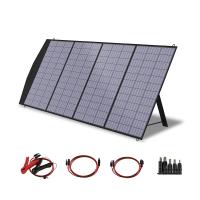
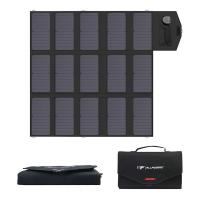
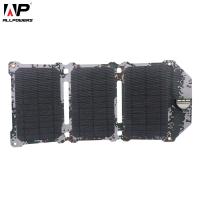
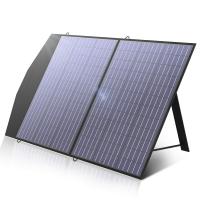
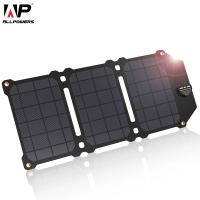
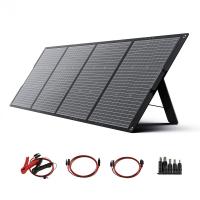
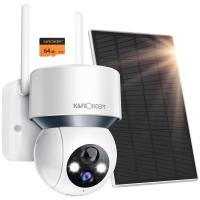
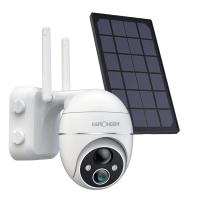

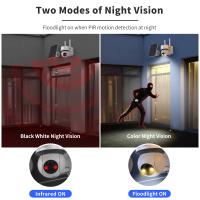

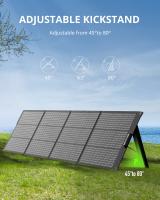




There are no comments for this blog.